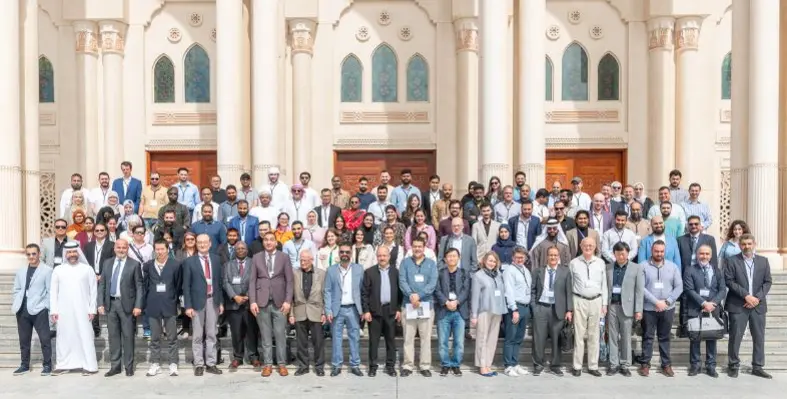The American University of Sharjah hosted the Frontiers in Materials Science and Engineering Conference from 13-15 February
The event gathered scientists and engineers from 40 universities and companies from across the globe.
The conference aimed to foster regional and international collaborations between academics and relevant government and industry stakeholders, AUS said.
A range of topics spanning materials synthesis and processing, materials for energy and the environment, materials modelling and simulations and more was discussed.
Latest developments and research trends
Organised by the College of Arts and Sciences’ Materials Research Centre, the conference featured eight keynote speeches and a number of invited and contributed talks by researchers and experts, delving into topics such as silicon nanostructures, femtosecond laser-induced processes and semiconducting polymers for electronics.
"The Frontiers in Materials Science and Engineering conference provided a crucial platform for researchers and professionals to explore innovative solutions to pressing global challenges. It was inspiring to witness the exchange of ideas and the formation of new collaborations that have the potential to drive significant advancements in the field," said Dr. Ali Alnaser, professor of physics, director of the Materials Research Centre and coordinator of the PhD programme in materials science and engineering at AUS.
Sharjah National Oil Corporation (SNOC) was one of the main sponsors of the conference.
“SNOC’s connection with AUS goes beyond mere transactions; it is a profound commitment to AUS’ academic mission. This commitment is fueled by my personal belief in the capabilities of its dedicated researchers and faculty cadre. I am a steadfast believer in AUS’ mission and the visionary leadership propelling it forward,” said Hatem Al Mosa, CEO of SNOC.
Other sponsors included Alphamed, Al Khayyat Investments (AKI), Al-Muthathawerah, TSECAN, Oxford Instruments, WITEC, Line V Systems, World Direct Tech, Prevac and ZEISS.
AUS students had previously studied the effects of a fungus, and how it could help create a better public transport system. Read all about it here.





